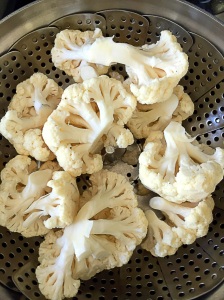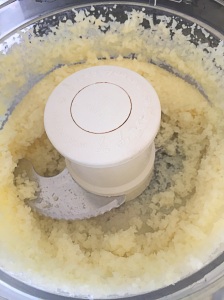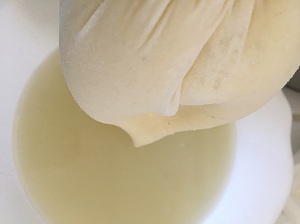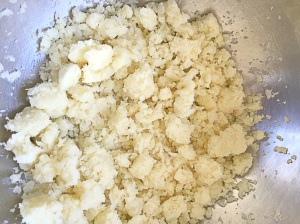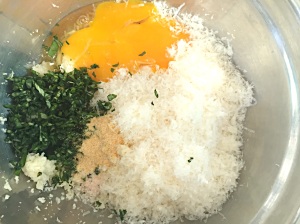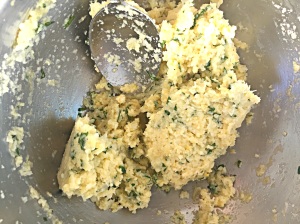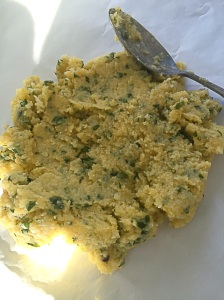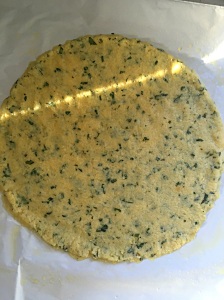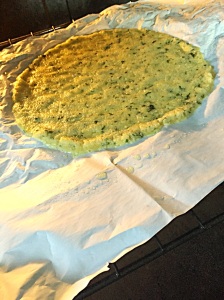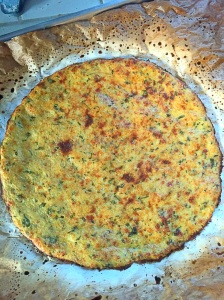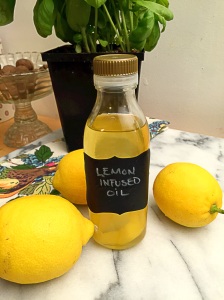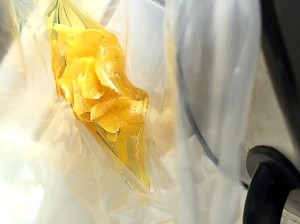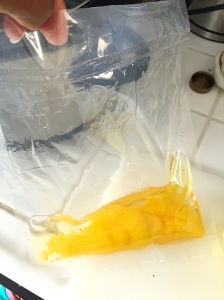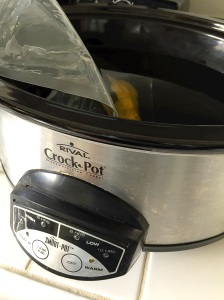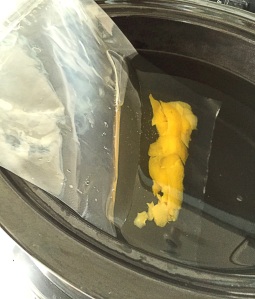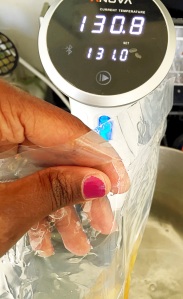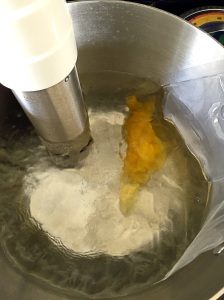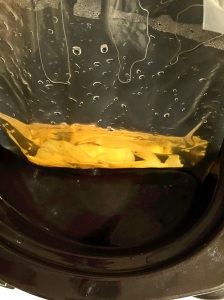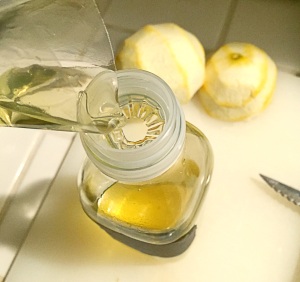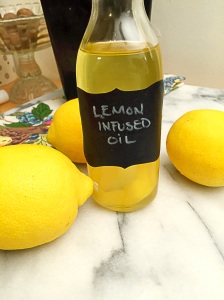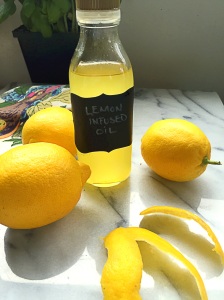I'm trying to find different ways to serve vegetables to Page. She has a new found love for pizza--before she wasn't at all impressed. Recently, I've started to get her involved in helping me to make the meals we're eating. I saw a food documentary about food, and kids. In it the narrator said that the best way to get kids to eat vegetables is to have them take part in cooking. Page is at that age where she's very eager to help, so I thought why not take advantage of that. I've also really wanted to try out a cauliflower pizza crust on our new baking steel. I have to say that I was more than impressed with the results--so was Page. Now for those of you wondering if this will taste anything like that delicious yeasty bread that you're used to with pizza--the short answer is no. Bread is bread--this is an alternative to bread. Although it's not bread--it mimics bread in form, and it is so delicious that it stands on it's own. The reason cauliflower is most often used by people as a substitution for grains is because it has such a mild flavor. It also has great texture. This recipe requires that you add cheese. I used parmesan, but you could use mozzarella, or pecorino, or a combination of your favorite Italian cheeses. I also used fresh basil, but you can use rosemary, or another herb of your choosing, dried or fresh--totally up to you.
Prep time: 10 minutes
Cook time: 15 minutes
Ingredients:
1 small head of cauliflower
1/4 teaspoon of garlic powder
1/4 teaspoon of truffle salt
1 tablespoon of finely chopped fresh basil
1 cup of freshly grated parmesan--or cheese of your choice
1 egg
Directions: Pre-heat your oven and pizza stone or baking steel to 450F for 45 minutes. Steam the cauliflower for 5-7 minutes--or until fork tender.
Transfer cauliflower to a processor and process until cauliflower looks like grains of rice.
Transfer processed cauliflower to a clean kitchen towel, or a nut milk bag, and squeeze until the cauliflower becomes dry. You want to squeeze out as much water as you can.
Transfer the cauliflower to a medium size bowl, and add garlic powder, salt, basil, and cheese--mix together into a ball.
Spray a sheet of parchment paper with oil. Add the cauliflower mixture to the center of the parchment paper, and with your hands begin to flatten and form it into the shape of a pizza.
Once you have the shape you want, place it in the oven for 10-12 minutes.
Once it's golden brown and bubbly like this: remove it from the oven.
Now you can top it with your favorite tomato sauce, cheese and toppings.
Once you have it topped, place it in the oven to cook until the cheese and topping melt. Remove from oven, cut serve and enjoy!
This made a 10-12 inch pizza, not a crumb was left over. Everyone enjoyed it--my husband didn't even know that the crust was made from cauliflower until Page told him! If you like this try my recipe for Tortilla Pizza!

